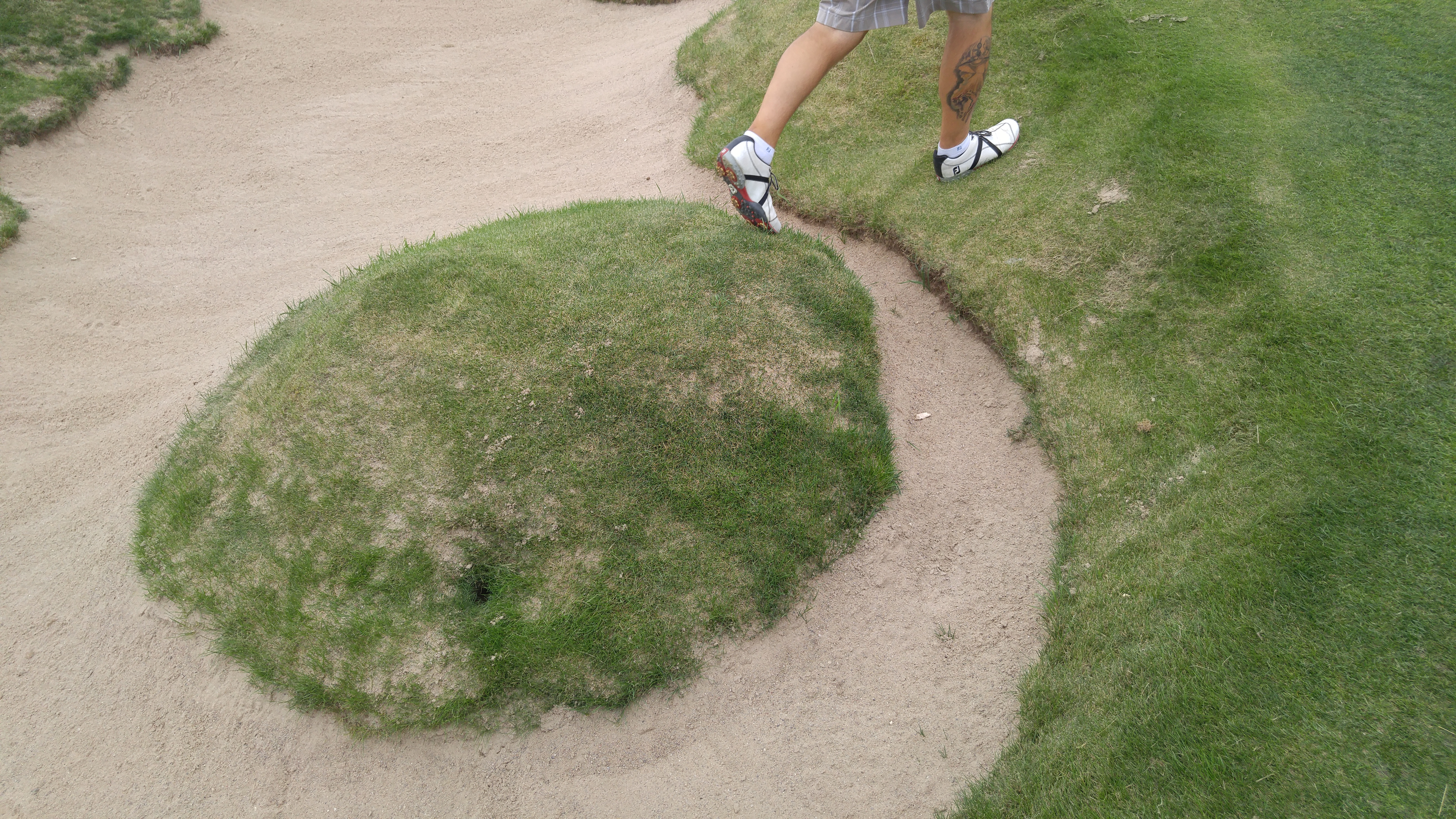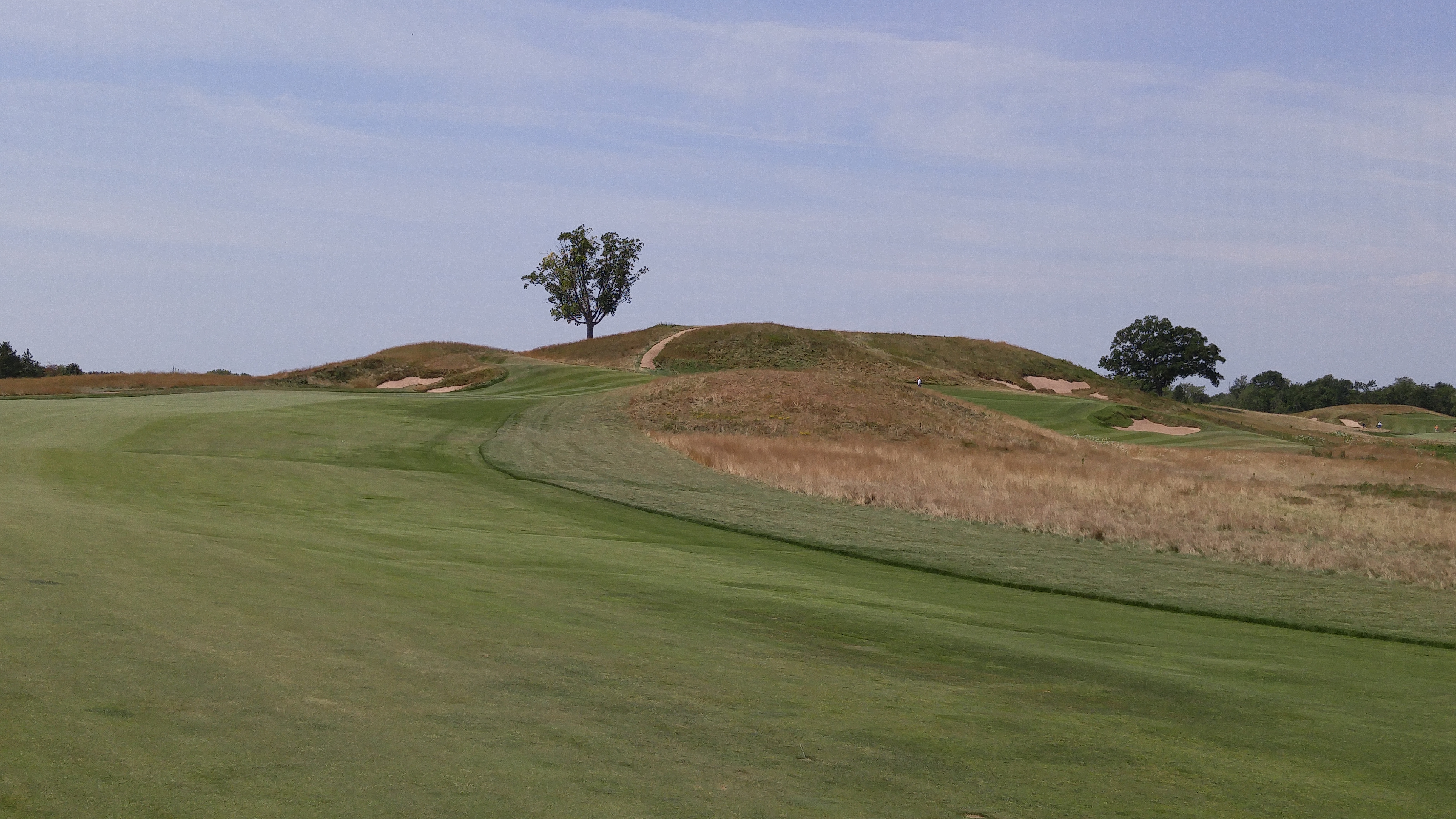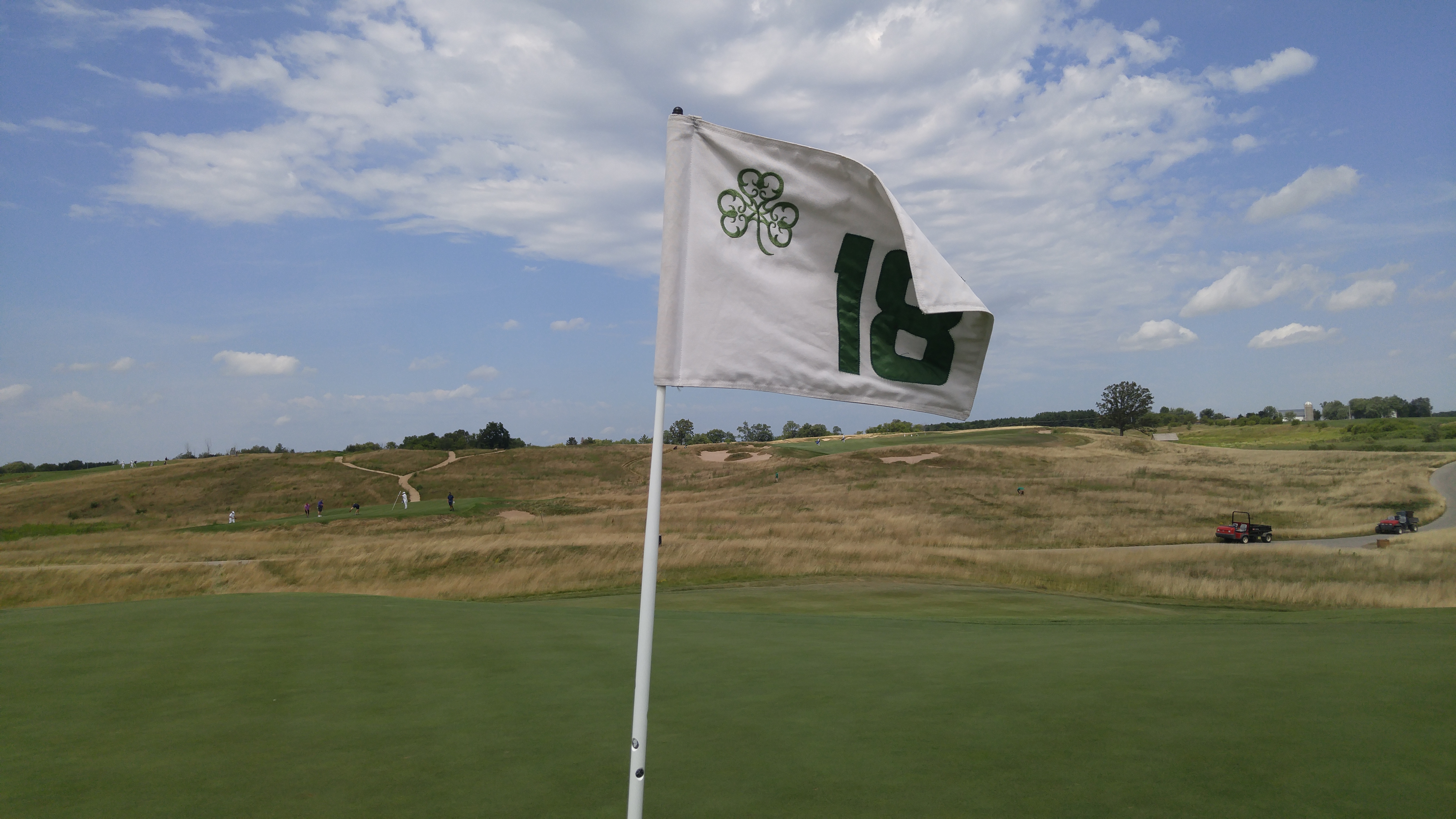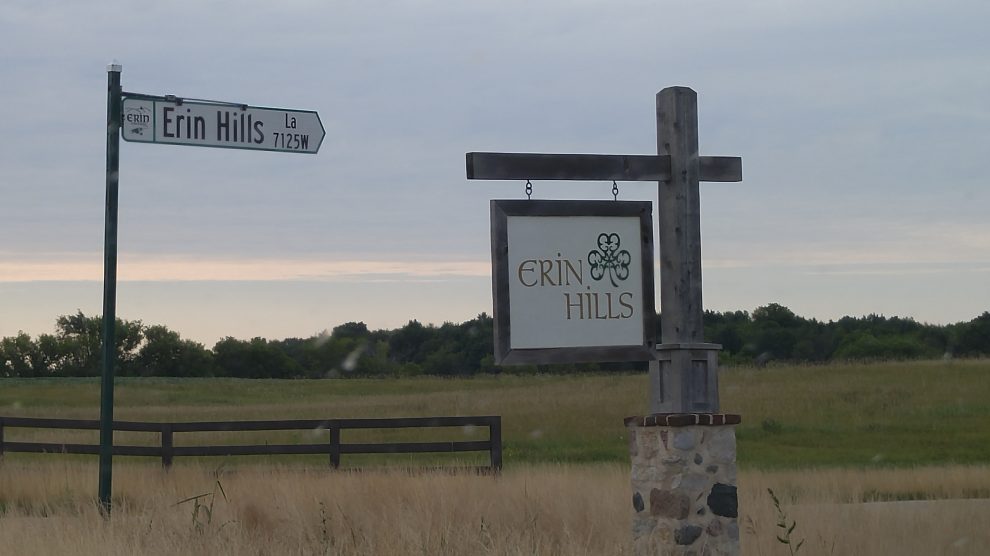Finally! The second major of the year is upon us. The U.S. Open. The most egalitarian of all the majors. Any player with a handicap index of 1.4 or less can try to qualify for the national championship.
This year’s contest is being held at Erin Hills Golf Course in Hartford, Wis. This public-access course has only been open since 2006, but its conception began a number of years prior. The entire history of Erin Hills was expertly reported by Gary D’Amato for the Milwaukee Journal Sentinel and should be required reading for every viewer this week or at least every die-hard golfer that will book their next golf trip there the Monday after Father’s Day.
The architects of the project were Dr. Michael Hurdzan, Dana Fry and Ron Whitten. If this sounds like a somewhat eclectic group, you’d be correct. In an alternate universe, this unique piece of property would have been the course that launched Tom Doak’s career instead of Pacific Dunes. But it was Hurdzan, Fry and Whitten that were chosen to shape the course across 652 acres of pristine land that was shaped by the last glacier to cover south central Wisconsin tens of thousands of years ago. Melting rivers and streams beneath the glacier turned the Kettle Moraine into the diverse region that it is today. The architects adopted a minimalist approach in designing Erin Hills, as nature had sculpted the land so well that the golf holes seemed to emerge from the property. It was their job to find a suitable routing without disturbing the natural flow of the land. With bentgrass greens and fine fescue fairways, this walking-only course is not your prototypical U.S. Open course.
The course is surrounded by wetlands and a river, with ground that consists of glacial till of varied composition of sand and small rock. In an unconventional decision for a course in Wisconsin, the architects used fine fescue for the fairways to emphasize the natural contours of the property and provide a firm-playing surface that plays shorter than its length on the scorecard.
To give some idea of how this was accomplished, D’Amato talks about how the superintendent, “For the last eight years, Reineking and his staff have top-dressed the course with 800 tons of sand annually, which promotes the health of the greens and the fescue fairways and in the long run helps the turf become firm and fast.”
Here are a few things that will be talked about ad nauseum this week about the course:
- It’s public. Only the seventh public course to host the U.S. Open.
- This is the first U.S. Open in Wisconsin.
- Kettle Moraine - This is a geological term that will be explained a couple times and understood by even fewer folks. Basically, a couple of glaciers collided 18,000 years ago and then melted forming the landscape we see today.
- For the first time in 25 years – and just the ninth time since World War II -- the U.S. Open scorecard par is 72.
- There are 138 bunkers. Avoid them at all costs. None have flat bottoms, making them legit hazards.
- Wide fairways. At least 50-150 percent wider than “normal” U.S. Opens. Some you could land a single-engine aircraft. But the optimal landing zone is much smaller. If the wind is up on any day (and it will most certainly will) they will feel a lot more narrow.
- Semi-blind shots aplenty. With so many hills and dales, players slightly out of position will only see the top of flagsticks or only part of the putting surfaces on approach shots.
- 7,700+ yards? Highly likely. Making this the longest course in U.S. Open history.
Holes to Watch
This list is a bit of a wild guess since a major has never been hosted here and we’re not sure what could happen. However, these are architecturally interesting.
Hole 1 - Par 5, 608 Yards
Donald Ross would be proud of this first hole. As he thought the opening hole should be a “firm handshake.” Well, nothing quite like opening your round with a 600-yard par 5. The opening hole skirts the wetland, with the fairway tilted from right to left towards it. This hole features the one green that is best approached along the ground. The cluster of bunkers dug into the right hillside some 50 yards from the green function, in effect, as greenside bunkers for those trying to reach the green in two.
Hole 4 - Par 4, 439 Yards
The 4th could be the most demanding hole on the course. The fairway is flanked by a hillside of healthy rough on the left and a menacing bunker that juts into the fairway from the right. The large central bunkers will force many players who miss the fairway to leave themselves a long third shot. With the shallow green, the front bunker and the wetlands just beyond the green, the approach is the most demanding iron a player will be asked to play all day.

Hole 9 - Par 3, 165 yards
After dealing with the length of many holes, the ninth comes as a bit of a shock to the system. The shortest hole on the course, if downwind, this hole will be nothing more than a wedge. However, in any type of significant wind, players would be wise to keep the ball down if possible. With the elevated tee and exposure to the wind, club selection is a challenge. The green is a bit of a mirror image Redan, with its angle and slope from left-to-right. The treacherous back-left bunker is key as it is not visible from the tee and good luck escaping with anything better than a bogey from back there.

Hole 14 - Par 5, 613 Yards
If I were a betting man, this is the hole I’d say will be the most talked about over the course of the championship. Playing downwind, will see many players have a go at the green in two. Any other direction is sure to yield some crooked numbers. Since the player who lays up faces an awkward third, where the pitch is nearly blind to a green that runs away from that angle. The player who goes for the green with his second shot certainly faces his share of trouble, though, such as the thick rough short of the green, the severe false front of the green, a cavernous front-right bunker, and a river right of the green.

Hole 18 - Par 5, 663 Yards
Doubtful the USGA will back these tees all the way up, regardless, the course closes much the way it begins; with an enormous, sweeping Par 5. This finisher lines up nicely with Holy Hill in the distance. The player must fight his natural tendency to play directly towards the green and must force himself to play his second shot well to the right. The cluster of bunkers short of the green visually dominates the approach, but the player needs to take care not to miss the green to the left, where the closely mown area will propel the ball well away from the green.

